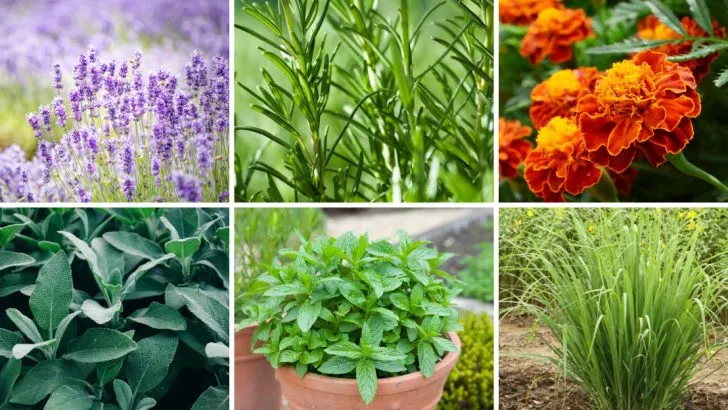Ticks are one of those problems you don’t think about—until you have to. They show up quietly, often brought in by pets or hiding out along walkways and shady borders. And while sprays and treatments can help, planting the right things around your yard can do a lot of the heavy lifting when it comes to keeping these pests in check.
Some plants naturally repel ticks thanks to their scent or texture, creating little buffer zones between your home and the areas ticks like to hang out. It’s a low-effort, long-term way to make your yard safer for kids, pets, and anyone who’d rather not deal with a bite. These 17 plants don’t just look good—they’re working quietly in the background to help keep ticks at bay.
Lavender
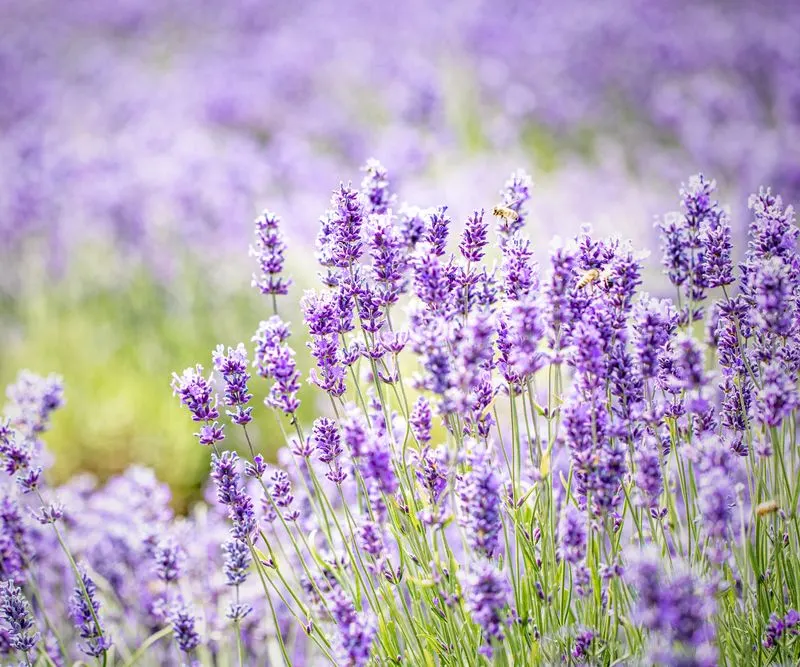
Lavender is not just a feast for the eyes and nose; it’s also a tick repellent. The strong scent of lavender is pleasant to humans but deters ticks and other pests. Plant it along pathways or garden borders to create a fragrant barrier.
This hardy perennial thrives in sunny spots with well-drained soil. In addition to its pest-repelling properties, lavender attracts beneficial pollinators like bees and butterflies.
Fun fact: Lavender has been used since ancient times for its medicinal and aromatic benefits, making it a fantastic multi-purpose addition to any garden.
Rosemary
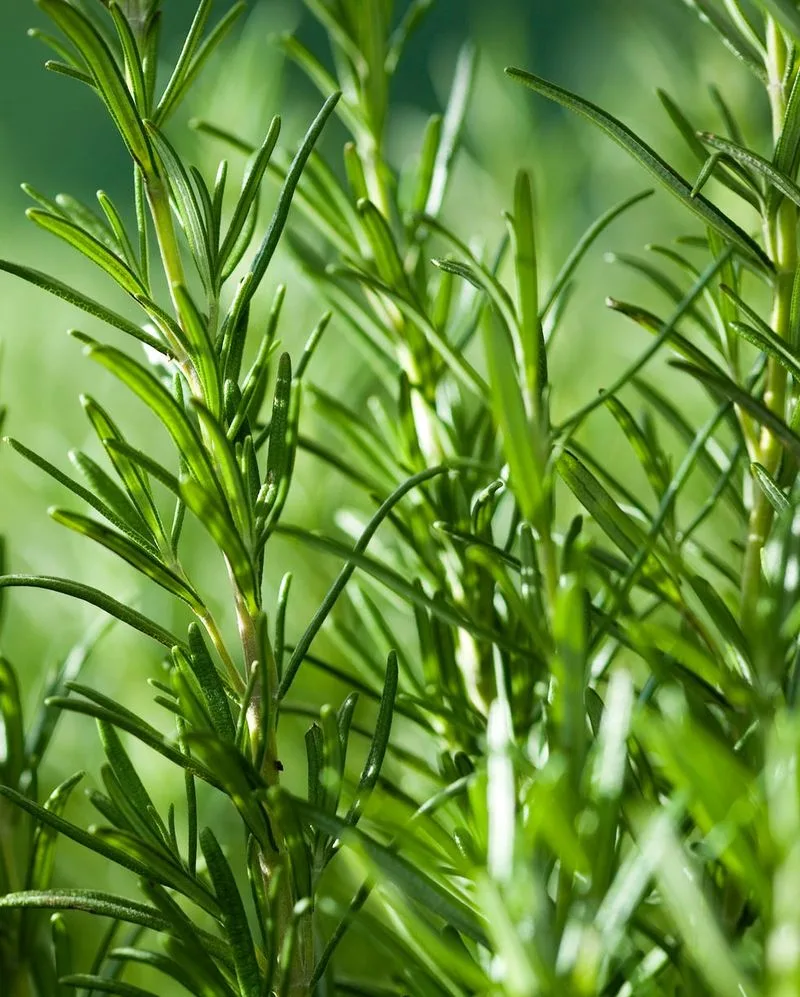
Rosemary, with its robust aroma, doubles as a culinary herb and pest deterrent. This evergreen shrub’s scent confuses ticks, encouraging them to steer clear. Rosemary grows best in sunny locations with sandy soil, making it ideal for rock gardens or as an ornamental border.
Its needle-like foliage and pale blue flowers also add texture and color to your garden.
Did you know? Rosemary has been associated with memory improvement since ancient Greece, where students would wear it during exams to boost cognitive performance.
Marigold
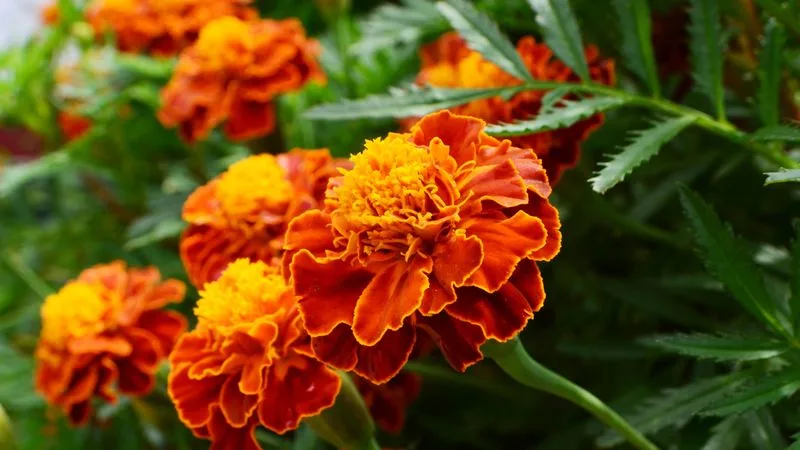
Marigolds are known for their vibrant blooms, but they also serve a practical purpose. The pungent scent emitted by marigolds is effective in repelling ticks. Plant these colorful flowers around your home to create an invisible shield against pests.
They are easy to grow and thrive in various soil types. Besides, marigolds attract pollinators, enhancing the ecological balance of your garden.
Interesting tidbit: Marigolds have been used in traditional medicine for their anti-inflammatory and antiseptic properties.
Sage

Sage is a versatile herb beloved for its culinary uses and pest-repelling properties. Its aromatic leaves release oils that ticks find unappealing, making it a natural barrier against them.
Sage thrives in dry, sunny areas with well-drained soil. It also serves as a wonderful companion plant, enhancing the growth of others around it.
Fun fact: In ancient times, sage was believed to promote longevity and wisdom, often used in rituals and ceremonies for its purifying qualities.
Mint
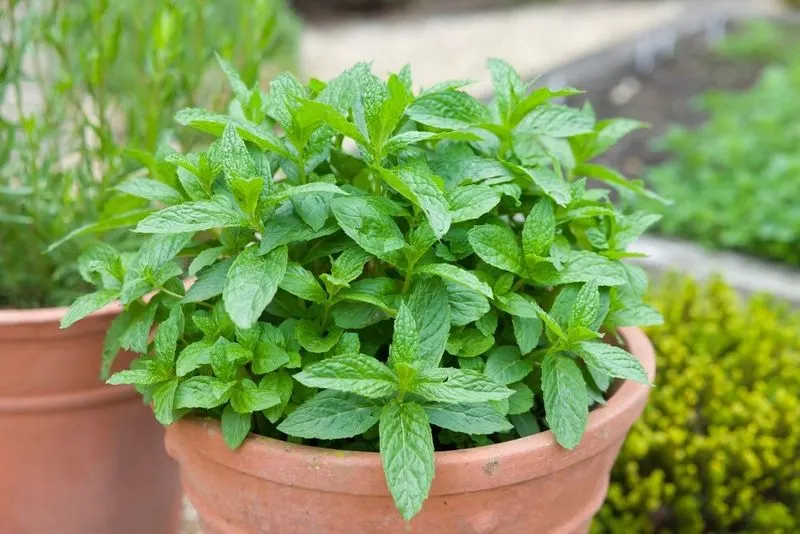
Mint is more than just a refreshing herb for tea; it’s a powerful tick repellent. The strong aroma of mint leaves is unpleasant to ticks and can help keep them away from your garden.
This herb is best grown in containers to prevent it from spreading aggressively. Mint prefers a partly shaded area with moist soil.
Did you know? Mint has been used for centuries in various cultures for its medicinal properties, including soothing digestive issues and freshening breath.
Lemongrass

Lemongrass is a tropical plant with a fresh citrus scent that naturally repels ticks. Its essential oils contain citronella, a well-known insect repellent. Plant lemongrass along walkways or garden edges to provide a pleasant-smelling, protective barrier.
It thrives in warm, sunny environments and can be grown in pots or directly in the ground.
Fun fact: Lemongrass is not only used in culinary dishes but also in aromatherapy for its calming effects.
Garlic
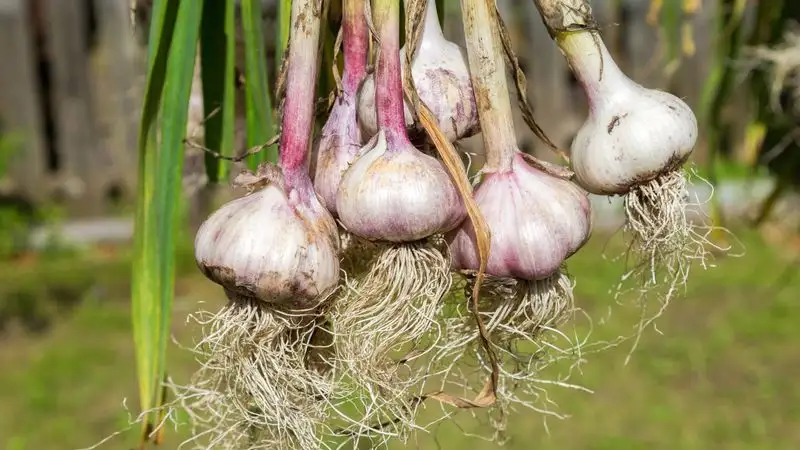
Garlic is famed for its culinary uses, but it’s also a natural tick deterrent. The sulfur compounds in garlic plants are unpleasant to ticks, making them a great addition to your pest-control arsenal.
Plant garlic in a sunny spot with well-drained soil to maximize its growth and effectiveness.
Did you know? Garlic has been used throughout history for its health benefits, including boosting immunity and reducing blood pressure. Its strong aroma not only flavors dishes but also helps keep unwanted pests at bay.
Catnip
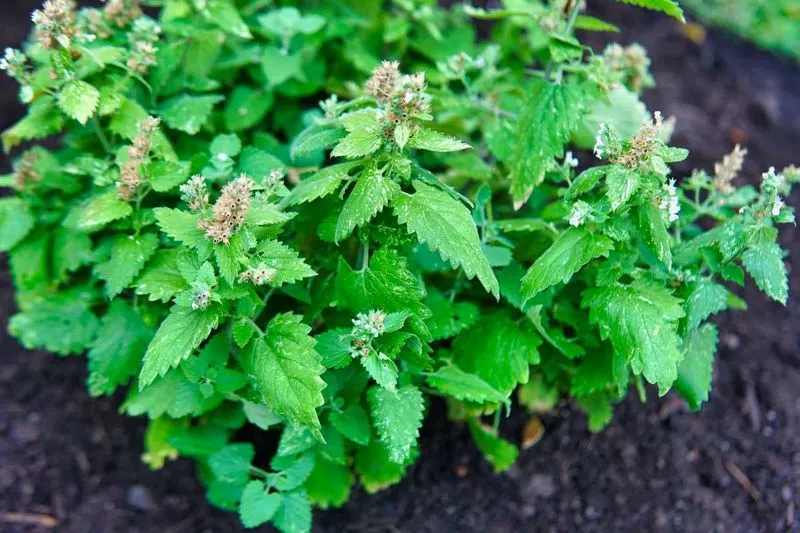
Catnip is famously known for its intoxicating effect on cats, but it’s also effective at repelling ticks. The compound nepetalactone, which excites cats, is a deterrent to ticks and other insects.
Grow catnip in well-drained soil under full sun to keep your garden tick-free. Just be prepared for visits from neighborhood felines!
Fun tidbit: Catnip has been used in traditional medicine to treat a variety of ailments, from headaches to insomnia, showcasing its versatility beyond the garden.
Chrysanthemums
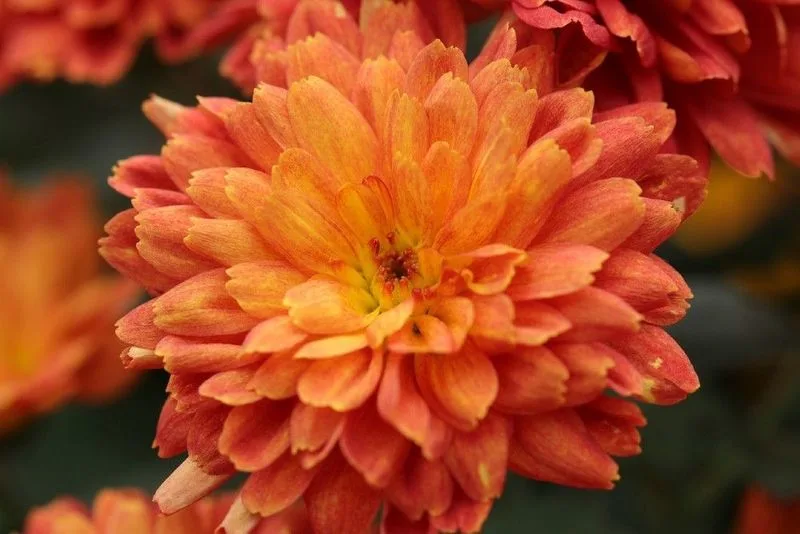
Chrysanthemums are not only beautiful but also functional in pest control. They contain pyrethrum, a natural insecticide that repels ticks and other pests effectively.
Plant these vibrant flowers in sunny areas of your garden for a splash of color and protection. They thrive in well-drained soil and require regular watering.
Did you know? Chrysanthemums have been cultivated in China for over 3,000 years, celebrated for their beauty and medicinal properties.
Eucalyptus

Eucalyptus is a powerhouse when it comes to repelling ticks. Its oil, predominantly found in the leaves, is a natural insect deterrent.
Plant eucalyptus in a spacious, sunny area with well-drained soil to create a formidable barrier against pests. The tree’s aromatic leaves are not only functional but add a distinct scent to your garden.
Fun fact: Eucalyptus is native to Australia and has been used traditionally by Indigenous Australians for its medicinal properties.
Basil

Basil is a culinary favorite with pest-repelling benefits. The strong scent of its leaves deters ticks, making it an excellent choice for herb gardens.
Grow basil in sunny spots with rich, moist soil to maximize its growth and pest-repelling properties. Besides keeping ticks away, basil attracts beneficial insects like bees, enhancing your garden’s ecosystem.
Did you know? Basil is considered a symbol of love in Italy, used in various cultural rituals and traditions.
Lemon Balm

Lemon balm, with its citrusy aroma, is a tick’s nemesis. Its essential oils contain compounds that naturally repel pests, making it an ideal addition to any garden.
This plant thrives in sunny to partly shaded areas with well-drained soil. Lemon balm is also known for its calming effects and is often used in herbal teas.
Fun fact: Lemon balm has been cultivated for over 2,000 years, valued for its medicinal and culinary uses throughout history.
Thyme

Thyme is more than just a flavorful herb; it’s also a natural tick repellent. The aromatic oils it releases are offensive to ticks, creating a protective shield around your garden.
Plant thyme in sunny locations with well-drained soil for best results. It’s an excellent ground cover, preventing tick-infested weeds from taking root.
Did you know? Thyme was used in ancient Rome as a purifying incense and is still prized today for its antiseptic properties.
Petunias
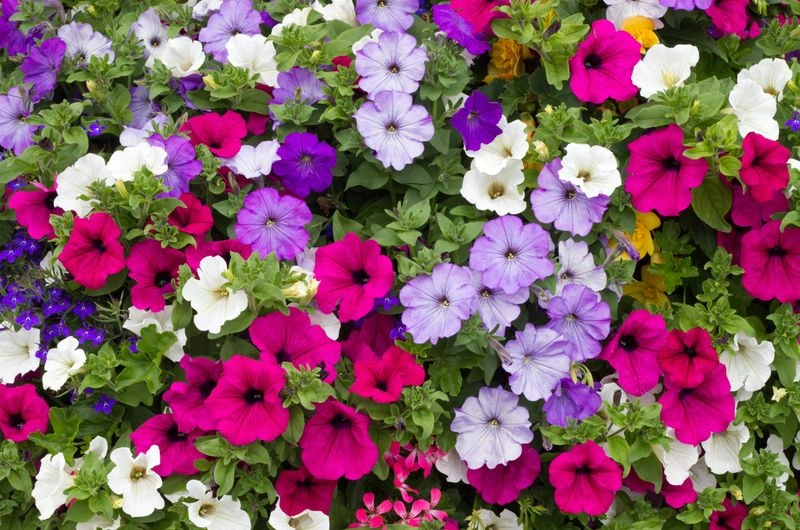
Petunias are not only vibrant and beautiful but also help in controlling pests. Their sticky foliage traps insects, making them a natural barrier against ticks.
These flowers flourish in full sun and well-drained soil, adding a splash of color to your garden while protecting it.
Fun fact: Petunias are native to South America and have been cultivated as ornamental plants worldwide since the 19th century.
Fennel

Fennel’s feathery leaves are not just a culinary delight but also a tick repellent. The strong aroma of fennel confuses and deters ticks, making it a functional addition to any garden.
Grow fennel in full sun with well-drained soil to enjoy both its culinary and pest-repelling benefits.
Did you know? Fennel was a symbol of strength in ancient Greece and Rome, often consumed by warriors before battles to enhance endurance.
Geraniums
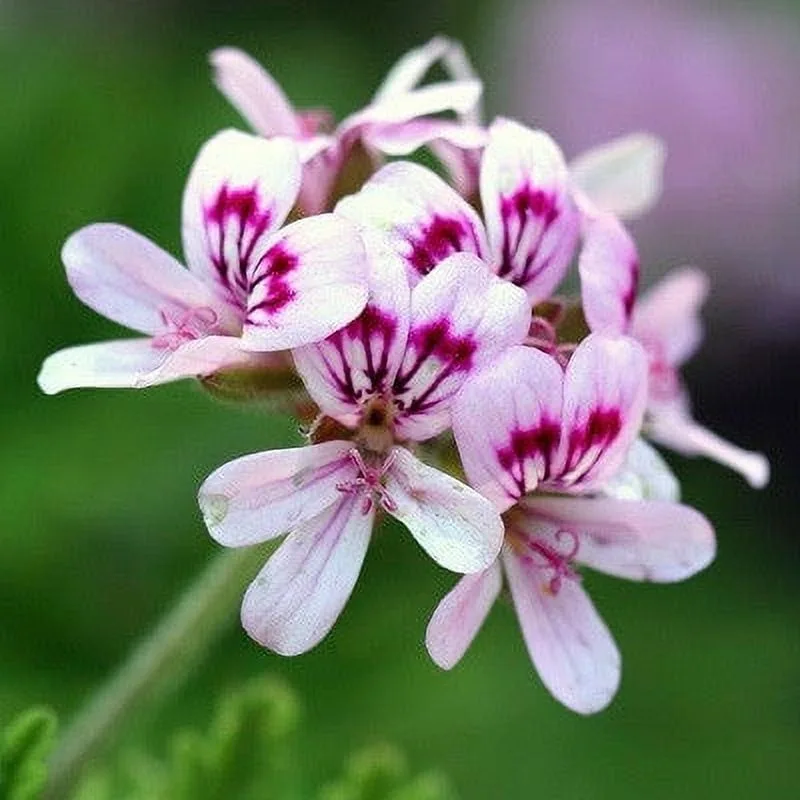
Geraniums are popular for their vibrant blooms and are excellent at repelling ticks. The scent of geraniums is unpleasant to many insects, creating a natural barrier.
Plant these colorful flowers in sunny areas with well-drained soil. They require minimal maintenance and provide continuous blooms throughout the growing season.
Fun tidbit: Geraniums were introduced to Europe in the 17th century and quickly became popular for both their beauty and utility in gardens.
Tansy
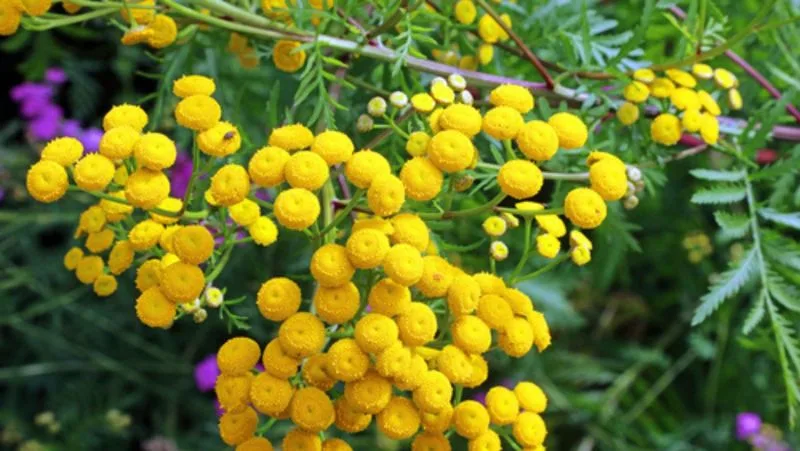
Tansy is an old-world plant known for its pest-repelling abilities. Its aromatic leaves and flowers deter ticks, making it a valuable addition to your tick-prevention strategy.
Grow tansy in sunny areas with well-drained soil, but be cautious as it can spread aggressively.
Did you know? Tansy was traditionally used in funeral wreaths during the Middle Ages, symbolizing eternal life and resilience.

